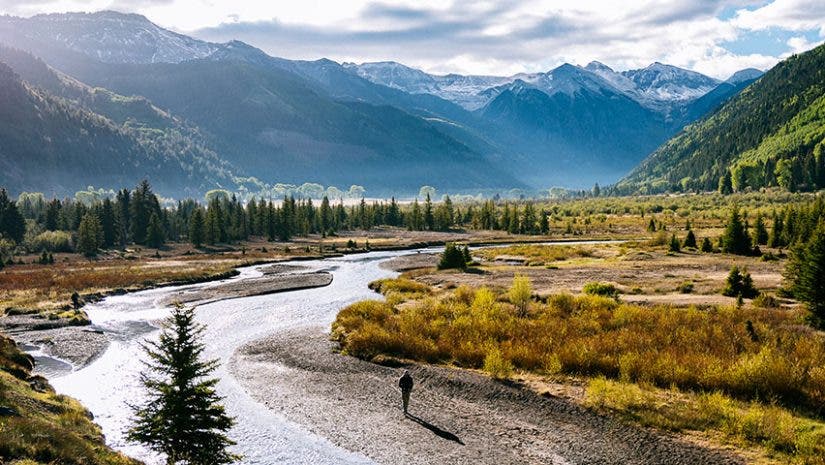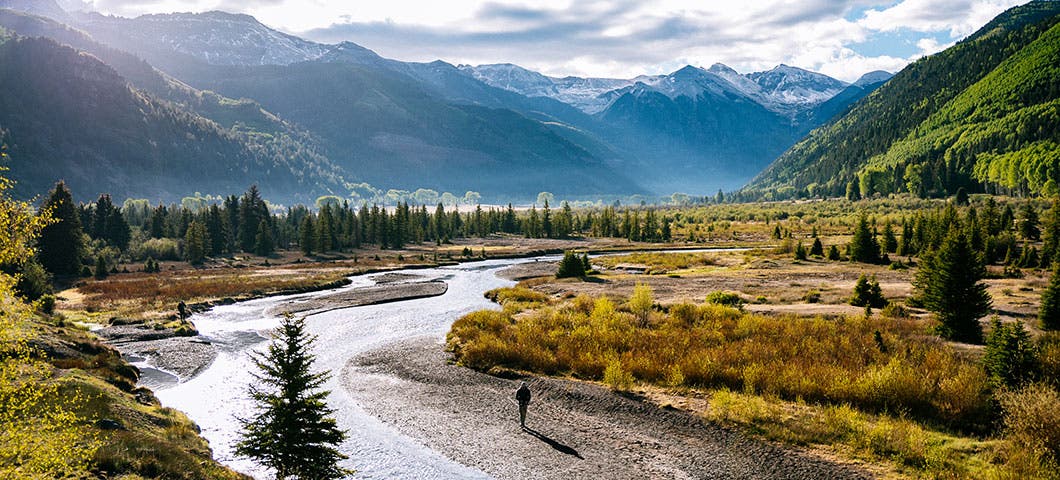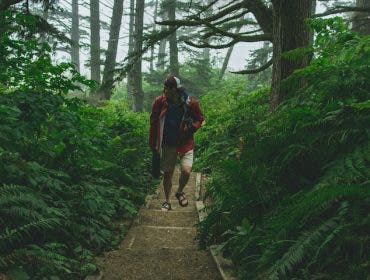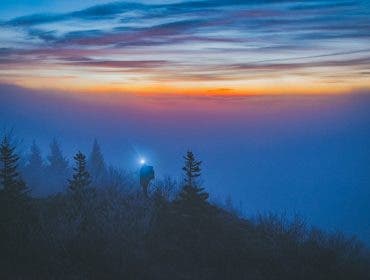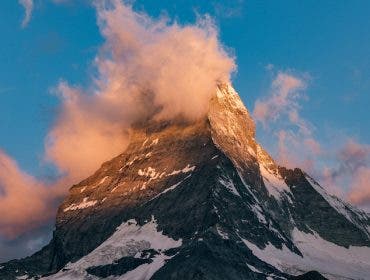Our planet is incredibly priceless. Without its countless beautiful destinations and invaluable wildlife, most photographers wouldn’t have the same passion for photography that they do today. But now more than ever, our planet is needing protection and care. Even the smallest step in conservation and responsibility can make the difference. Photographers are constantly out in the field, no matter their focus. You don’t have to be a landscape or wildlife photographer to find yourself in a beautiful destination that is fragile and valuable to humanity as a whole. It is our job, when we find ourselves in these places, to do everything we can to have a minimal impact on the environments we are in and leave no trace.
Leave no trace, or “LNT” photography, is a movement that has grown in popularity over the years, and is a standard that should have been set long before. Like professional rock climbers, who found a better, “cleaner” way to climb rather than using pitons that permanently damaged the rock face, professional photographers need to practice “clean” photography and not potentially damage the world they shoot in. With the many things that negatively affect our world, photography shouldn’t be one of them. Rather, it should be the opposite, and a way to tell our planet’s beautiful story, not shorten it. So here are four tips to help minimize your negative impact and leave no trace so our world stays beautiful for years to come.
Tips for Leave No Trace Photography
1. Understand the environments you photograph in
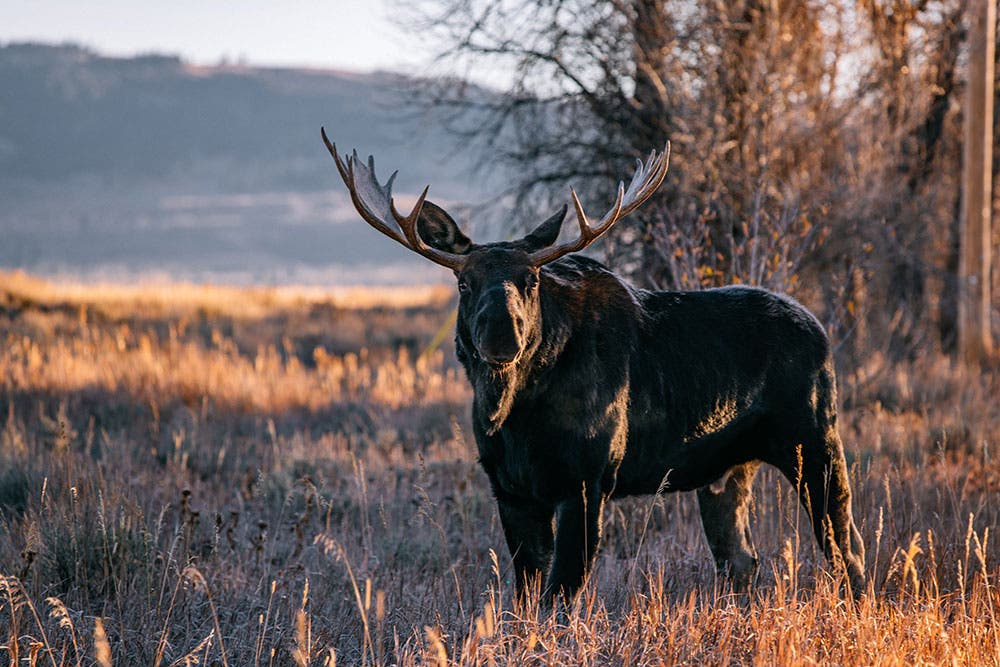
This might seem like an obvious tip, but many do not take the time to do this. Whether you’re in the mountains or in the desert, you have to understand the environments you’re in. For example, high alpine environments are home to fragile tundra and vegetation that takes many years to grow, and is an important food source for several species of mountain animals. Even a small, unassuming step can damage this important biome and leave a negative mark that takes years to recover from.
Great photos sometimes require wandering off the marked trail or designated lookout point, but when that happens, always be careful where you step, what you walk through, and how you carry yourself. And if there are direct signs or rules about staying on the trail, obey them. Always know the environment you photograph in so you can cause less negative impact.
2. Know about local, state, and country laws for photography
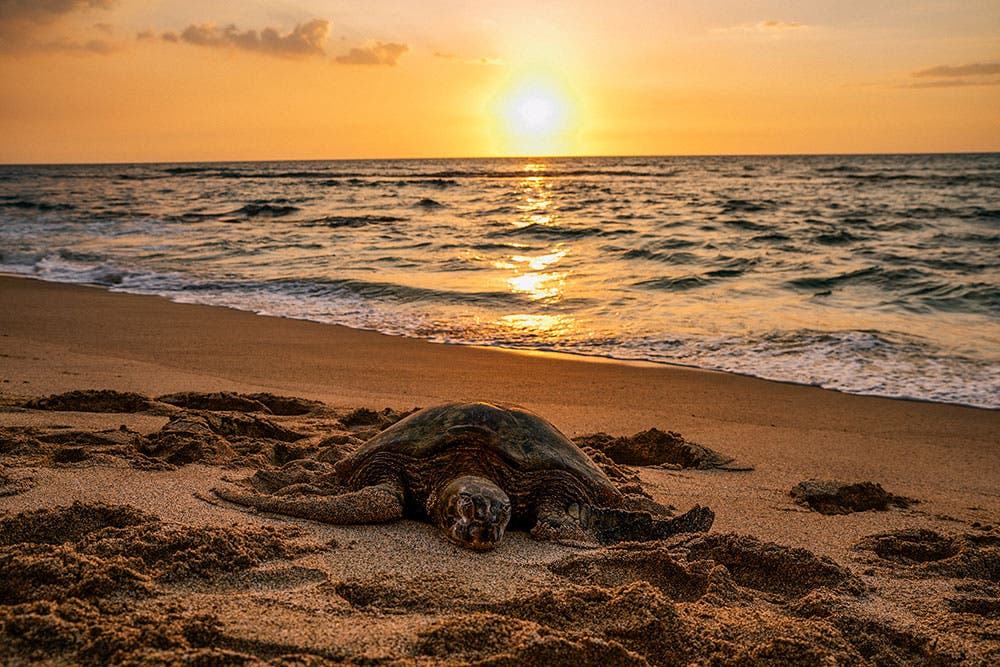
Every place is different and laws vary from location to location. But they are in place for a reason and sometimes these laws for photography and videography can come with strict consequences if not complied with.
For example, drones are now prohibited in most national parks to protect endangered wildlife and ecosystems. In some areas of the world, cameras and photography of any kind is forbidden due to the sacred nature of the site, or the fragile nature of that landmark. For example, protected cave systems like Mammoth Cave National Park in Kentucky do not allow flash photography because the excessive light actually damages the soft limestone walls and formations of the cave that take years to form.
They may seem frustrating at first, but these rules are in place for a reason to protect our planet, preserving the past and protecting the present so there can be a bright future. It’s our job to comply.
3. Be a witness, not a disturbance
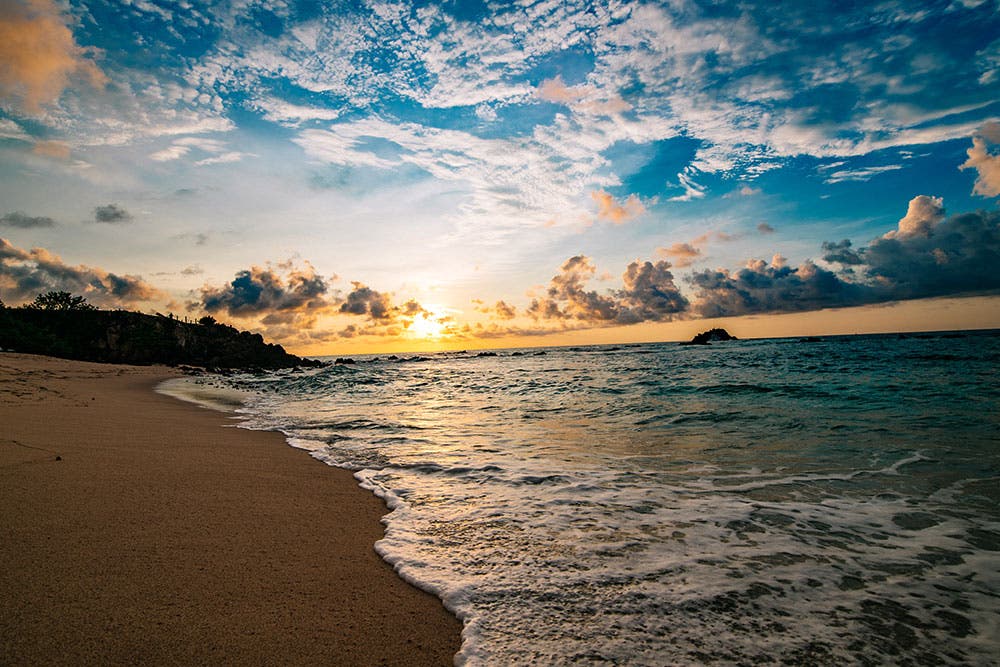
Sometimes as photographers, videographers, and creators, we have a vision we’ve created and planned for years. We imagine shooting a specific scene or location and we almost envision how we think it will go.
But then it doesn’t go right. You get there and the view is overgrown with trees or the lack of rain in the area has made the wildfire threat incredibly high. In this moment, when life calls an audible, don’t go with the original play. Don’t clear the area of branches that obstruct our view or build a fire around the dry brush around you. Get creative and find another way to get the shot you want, more simply, wait and come back to that shot. No photo is worth causing major damage to an ecosystem or the environment.
Be a witness, not a disturbance. Don’t let your selfish wishes to create a shot get in the way of your responsibility to protect our planet for generations to come.
4. Watch what you share
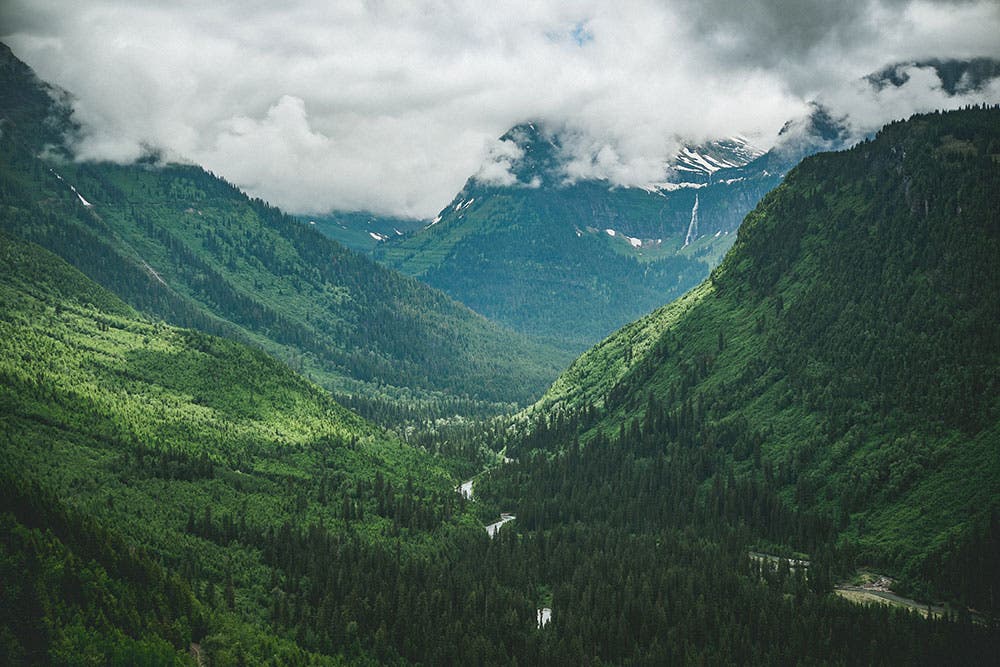
For those who post and share their work on social media, this one’s for you. Social media is a powerful tool that has so many incredible positives. But it also can do more hurt than help if you don’t share information that can help steer people in the right direction.
As creatives, we have jobs that require us to create scenes and shots that require props, artificial light, paid models, and of course, permits for certain areas that may be off limits or limited to the public. To our audience or followers, certain fixed photos or shoots may be misleading, as they don’t understand the work behind the scenes. They just see the finished product online.
For example, you may set up a “camping scene” for a job for an outdoor brand. It looks perfect and has the most spectacular view that anyone would want to wake up to. The problem is, that area is normally illegal to overnight camp in, and if your followers see this shot, they may try to camp in the same spot without permission. Then the few people that begin camping turn into many, and that area, that might have been closed off for revegetation or protection, is now being trampled on by people who don’t understand the damage they’re doing.
We have a responsibility as creatives that share our work on social media to not mislead people. If we are careful and share any information that is important, it can do a whole lot of good.
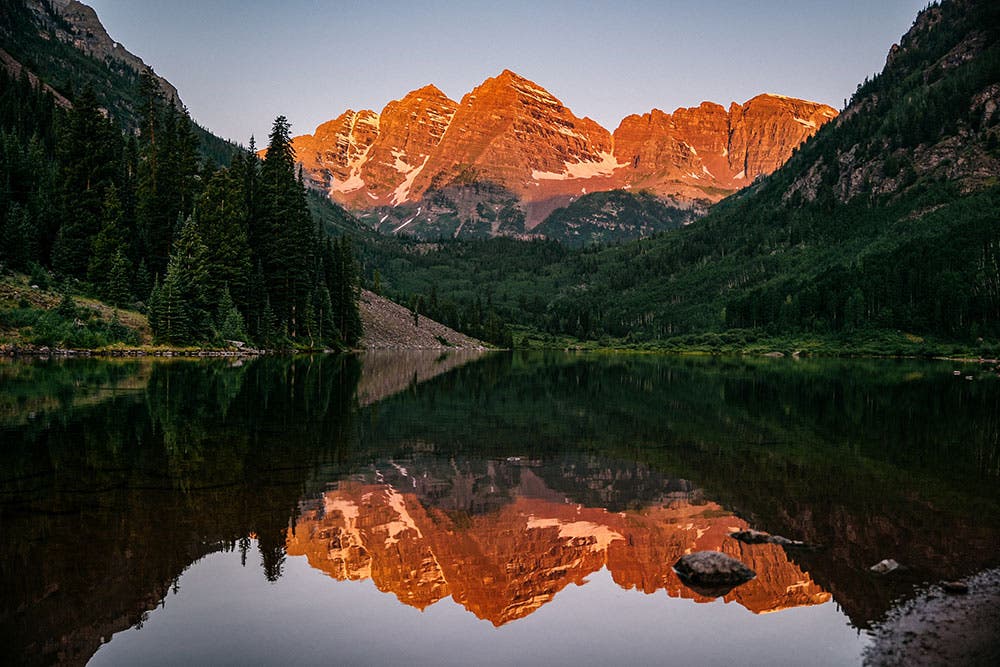
Leave No Trace: Get Started
Our planet is priceless, and even the little things we do, like understanding the environments we photograph in, learning about local, state, or country laws, not being a disturbance, or watching what we share on social media, and informing our followers of information they need to know, can go a long way in protecting this world for generations to come. “Leave No Trace” is a motto and standard we as creatives should all live by. It shouldn’t be unpopular to be responsible, and if we go out into the field and remember these things, it’ll make us that much better at what we do.
